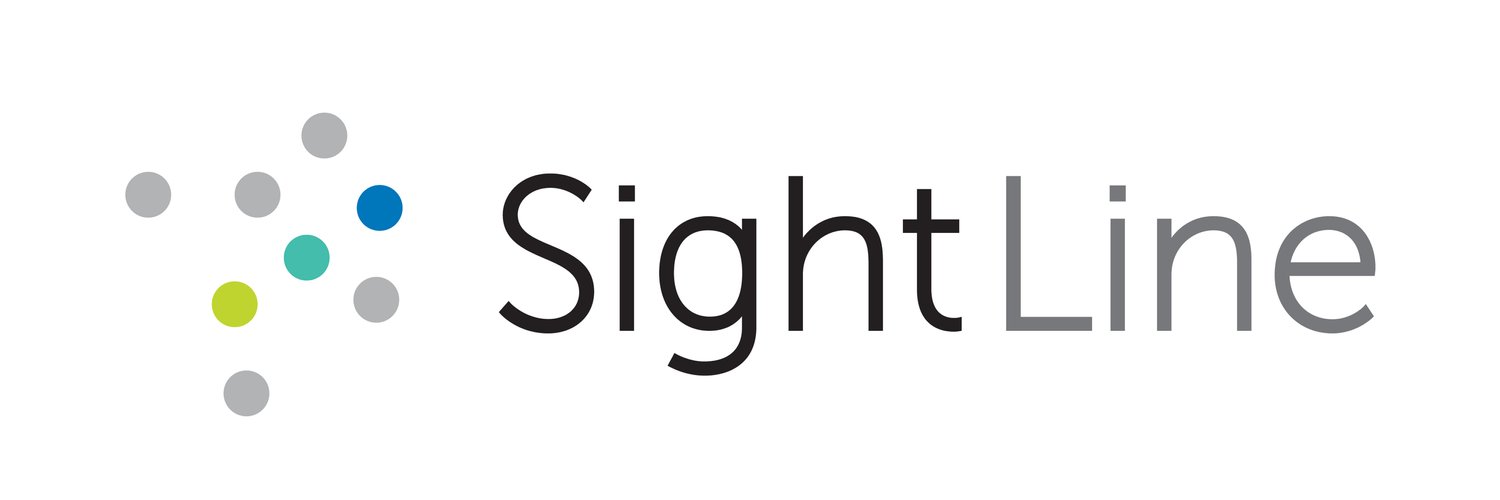Beyond the Dashboard: Interpretation and Support Are Key in Enrollment Management
In today’s competitive enrollment landscape, most university leaders are not starved for data. From predictive dashboards to weekly cycle reports, enrollment and finance teams are inundated with charts, graphs, and forecasts showing where they stand in the funnel—who’s applied, who’s admitted, who’s deposited.
But if you're like many institutions, you know that tracking isn’t the same as strategizing.
Too often, the data gets pushed out without the crucial layer of interpretation. Reports are delivered, but the why and what now, behind the numbers gets left to the already-overstretched enrollment and finance teams.
The result? A reactive rather than proactive approach, where teams may see trends but lack the time or expertise to fully unpack them and course correct.
The Dashboard Is a Tool—Not a Strategy
Dashboards and reports are powerful. They show you how many deposits you have, whether you’re ahead or behind last year, and which populations are responding to your outreach. But a dashboard won’t tell you:
Why your yield is dropping among high-need students
What it would take meet enrollment goals for certain student segments
Whether there are additional funds available for supplemental scholarships
These are the kinds of questions that demand more than numbers; they require human insight, scenario planning, and collaborative problem-solving.
The Value of Embedded Expertise
What sets truly effective institutions apart isn't just that they have access to data, it's that they have partners who help them interpret it. Hands-on, analytical, consultants embedded in the enrollment process can help institutions move from passive monitoring to active management.
When enrollment goals are on the line, real-time decisions matter. A strong partner can:
Spot troubling trends early and propose targeted responses
Identify missed opportunities in your current aid strategy
Help you pivot resources to underperforming segments of your funnel
Simulate the impact of new award models or outreach efforts before you roll them out
Offer strategic counsel to presidents, CFOs, and trustees in high-stakes discussions
This kind of support relieves institutional leaders from having to do the heavy lifting, digging through data on their own, modeling scenarios, and building consensus across departments. Instead, leaders can focus on what they do best: making strategic decisions with confidence, supported by clear, actionable insights.
Don’t Just Track—Transform
At a time when every enrollment counts and every aid dollar matters, higher ed institutions need more than just a dashboard. They need a partner who will roll up their sleeves and work alongside them by interpreting data in real time, surfacing risks, and driving toward results.
In a world where demographics are shifting, budgets are tightening, and competition is intensifying, the institutions that succeed won’t be the ones with the most data. They’ll be the ones who know how to use it—strategically, collaboratively, and with the right people at the table.
Want to learn how your enrollment data can be turned into strategy? Contact SightLine to learn how our team works side-by-side with institutions throughout the enrollment cycle to optimize aid, increase yield, and ensure every decision is data-informed and mission-aligned.
